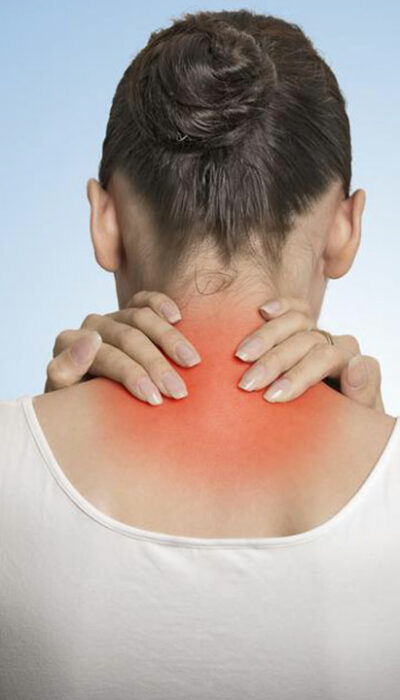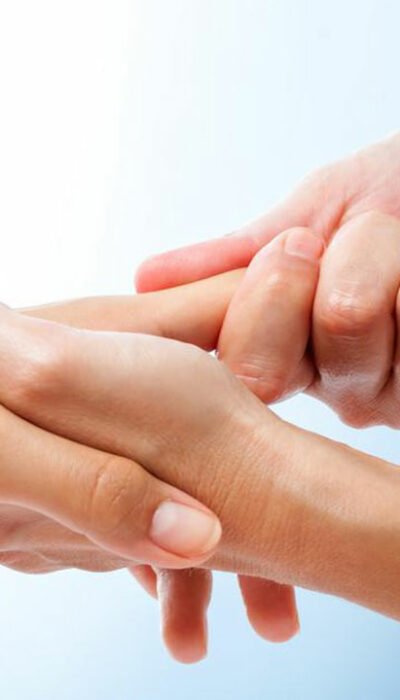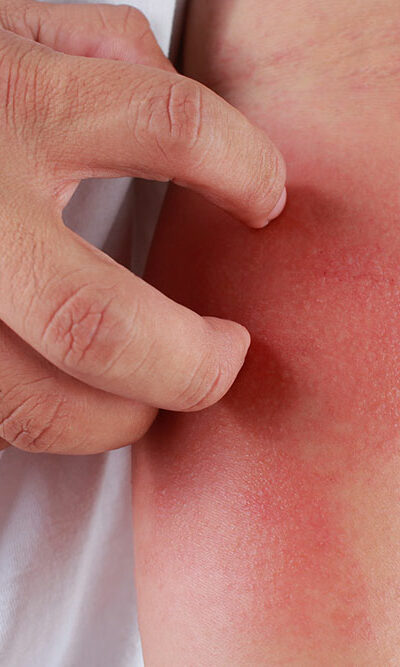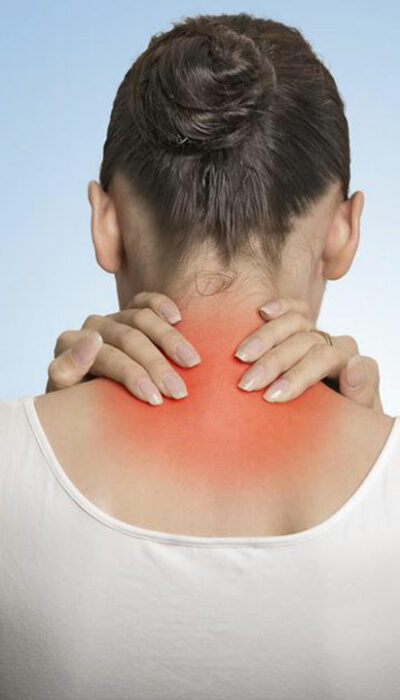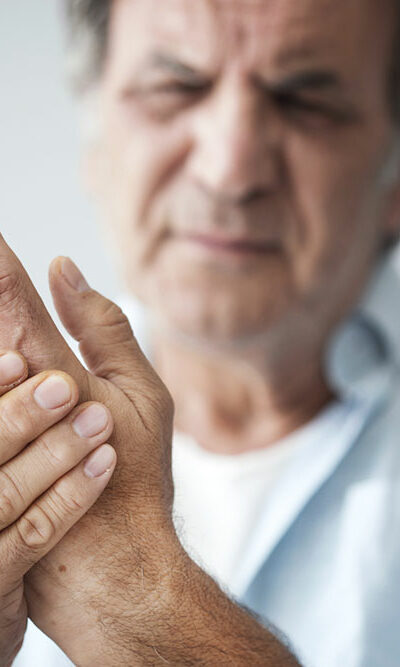
A Guide to Arthritis Pain Relief Shots
Taking an arthritis pain relief shot can help one manage the pain associated with arthritis. The pain relief shots also reduce the inflammation and swelling associated with arthritis. Thus, it helps to decrease the discomfort caused by the disease. One should avoid taking opioids to get relief from arthritis pain as they may help treat the pain temporarily but can lead to addiction in the long term. Over 100 Americans die of opioid overdose each year, so awareness is crucial. Several different types of injections are available for treating arthritis. If one suffers from osteoarthritis, the doctor may inject medication into the knee. It is the best type of treatment if one has not taken cortisone shots. Of the many arthritis pain relief shots, cortisone injections are the most commonly used. It is a powerful anti-inflammatory drug that helps decrease the discomfort and pain associated with the disease. The effects of cortisone generally take up to five days to appear. Here is all one needs to know about cortisone-based arthritis pain relief shots and how they work. How do arthritis pain relief shots work? Depending on the type of arthritis that one has, taking injections can help with the pain associated with the condition. Taking medications through injections can help with managing pain related to osteoarthritis. It is the best treatments available for those who are willing to take cortisone injections. Cortisone injections are powerful anti-inflammatory injections used to reduce the pain and discomfort associated with arthritis. While the medication starts working immediately, its effects may appear later based on a lot of underlying factors. How long does it take for the effects to appear? The effects of arthritis pain relief shots may appear immediately or occur after several days. Some people experience instant results while in other cases, the improvement will show up after several weeks.
